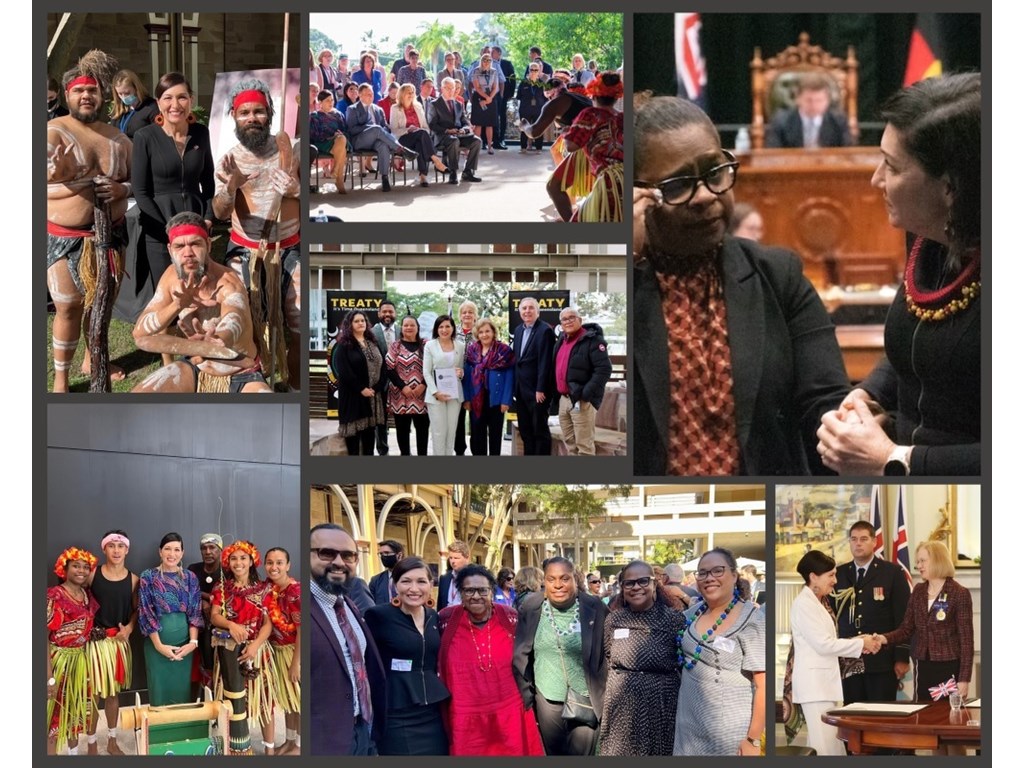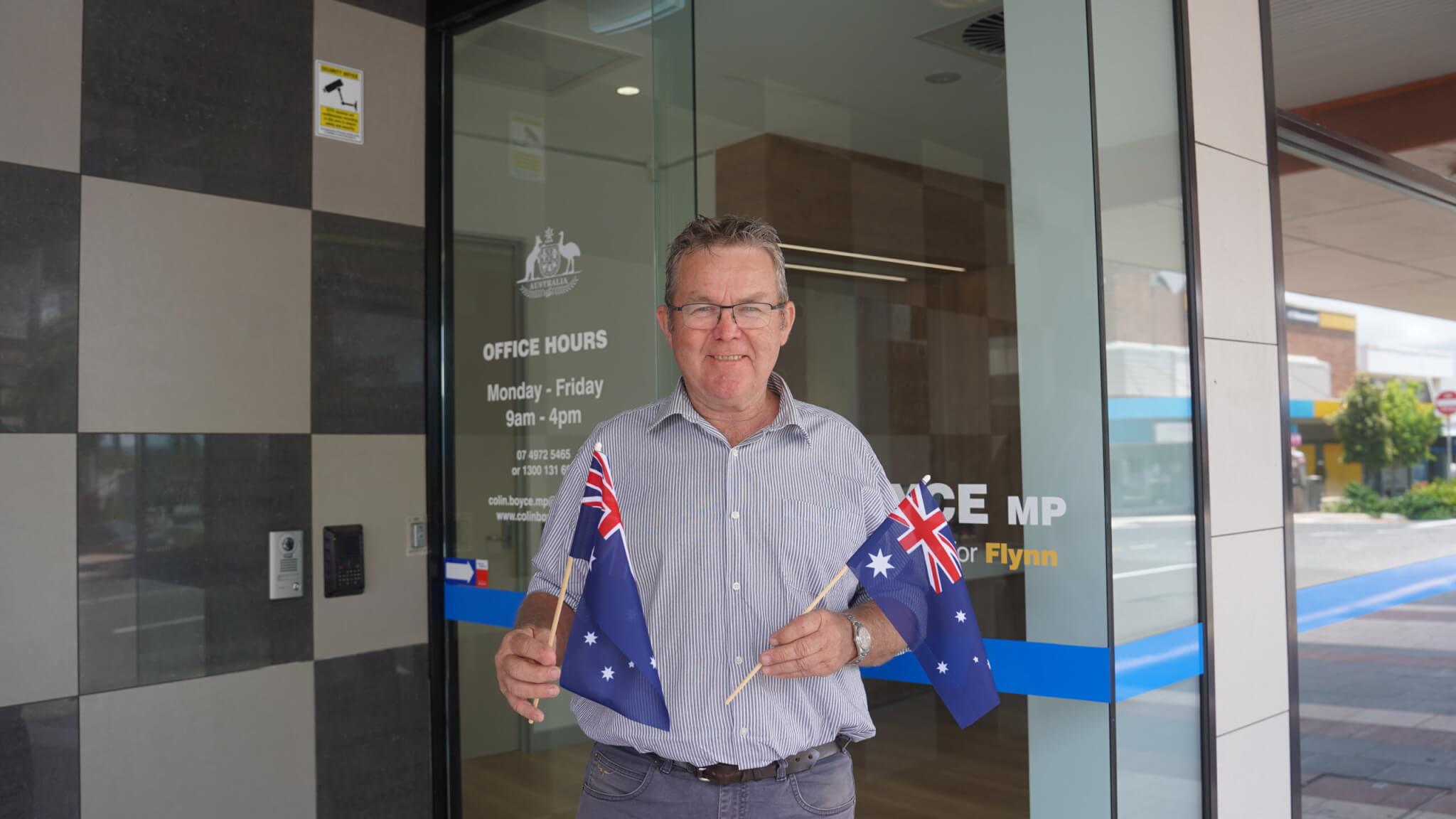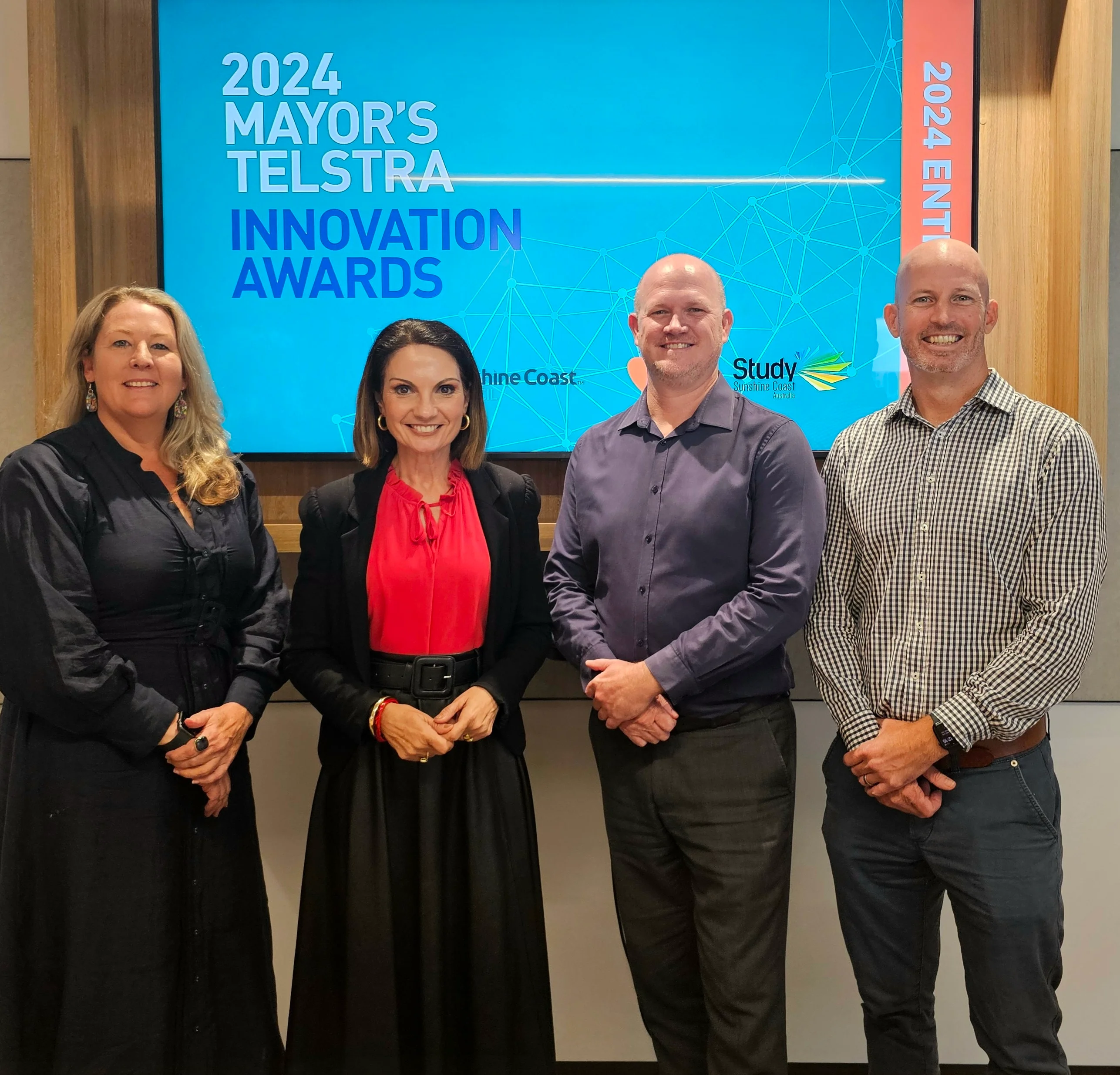Yaser Siddiqui, Business Development Manager, Austrade, Delhi
India’s consumers have embraced online retail, creating a market worth A$52 billion that is expected to reach over A$100 billion by 2026. With a fast-growing ecommerce sector, India is creating major new market opportunities for Australian companies.
What’s more the digital revolution is only just beginning. With an internet user base of over 560 million, approximately 120 million people currently buy online – and responses to COVDID-19 mean this number is bound to rise fast.
India’s ecommerce market has unique characteristics, however. The key for any Australian company that wants to unlock the vast potential of India’s digital economy lies in understanding India’s young, online consumers and how to connect with them.
What do Indian consumers want?
During a recent trade mission (Australia-India Business Exchange) to India, I visited luxury malls in Delhi and Mumbai along with several Australian companies
As a consumer, I was delighted to find a wide assortment of brands from all corners of the world. I could choose from the best of Australia, U.S, United Kingdom and France – with a sprinkling of up-and-coming brands from South Korea and Japan.
Joining the crowds in these malls, it was blindingly clear that Indian consumers want high-quality products from around the globe. As we discovered, many people are willing to travel to luxury malls to get these brands with a local and familiar shopping experience. But very few consumers actually have such access. India’s retail infrastructure is not well developed outside of the main cities; Delhi, Kolkata, Mumbai and Chennai. And in any case, traffic jams take much of the fun out of shopping trips.
As a result, India has embraced online shopping faster and more completely than anywhere else in the world. India has evolved unified ecommerce platforms where consumers can even buy a premium Australian brand – be it fashion, food or beauty – in scores of small cities right across India.
Furthermore, much of this activity is taking place over mobile devices. Over 60 per cent of India’s ecommerce takes place via smartphones, and remember there are over 560 million internet users in India.
The ‘Jio’ effect
A major catalyst for mobile ecommerce is the telecommunications disrupter, Jio. This Reliance-owned company has built a national network using data rather than traditional voice networks. With highly affordable services, it has brought millions of Indians online in the last two years.
For many of these new, mobile-first users, WhatsApp is the Internet, YouTube is television. Personal referrals from family and friends play an outsized role in how consumers discover new products. This has turned social platforms into powerful distribution channels for many businesses.
Successful ecommerce businesses in India are now leapfrogging web and going digital with social-first models.
Social media and demographics
Today’s young Indian consumers are highly active on social media. To research purchases, they chat with friends. After making a purchase, they share buying experiences. By some estimates, there will be more than 450 million social network users by 2023. This makes social media the most important platform for connecting with consumers, but it is a complicated landscape to navigate.
Different demographics use different social media, and in India, people use different social media platforms to meet different needs. This means there are separate platforms for mass, luxury and mid-tier brands.
Australian retailers and brands need to be aware of these platform nuances to identify the right channels and craft the right content to reach them.
Popular social media platforms Instagram, Facebook, YouTube are good starting points for any Australia brand, and a strong entryway to communicate brand heritage and product information.
For example, when nutrition and ingredients company, Swisse Wellness, launched in India last month, it entered a market where imported health supplements and nutraceuticals are still catching up. Swisse understood that their target Indian consumer was most accessible via social media, and it subsequently adopted a digital-only strategy in India.
But the company also determined that the ideal social media platform for its target audience was Instagram. This platform-specific approach is paying off. The Swisse page on Instagram is getting popular day by day as the company becomes more interactive with their consumers.
Top tip: communicate at speed and with focus
To be successful on social media means you need to work in real time, at lightning speed, and be on top of the topic of the day or week. The goal is to get India’s millions of social media users to eagerly share your post with their friends, and then their friends’ friends and so on.
For example, Victoria-based skincare company, Sukin Naturals, regularly posts content on clean, green and safe manufacturing standards of #Australia. The company communicates alongside its Mumbai-based importer.
Other examples include health supplement and products company, Melrose Health. This Australian company is well known in India for its range of organic Apple Cider Vinegar, which has become highly fashionable. The Australian Manuka Honey company, Manukalife, is reaching out to Indian consumers via social media channels.
Taking the first steps into Indian ecommerce?
And if you are an Australian exporter and looking to export to India, try working out an ecommerce entry strategy right at the start of your export journey.
Here in India, we are looking forward to welcoming more Australian brands across categories such as processed food, health and beauty, fashion on the new Australian platform available on Amazon India.
If you want to know more about ecommerce in India, please contact me at: [email protected]
Yaser Siddiqui is a Business Development Manager at Austrade, working with Australian companies to export food, wine, health & beauty and fashion products to South Asia. As well as having an MBA in International Business, he has over 7 years of marketing and business development experience, working across several industry sectors in South Asia. When not working, you can find him creating new business and marketing content, collecting matchbox covers (yes you read it correct) or playing Peekaboo with his 2.2 year old!






